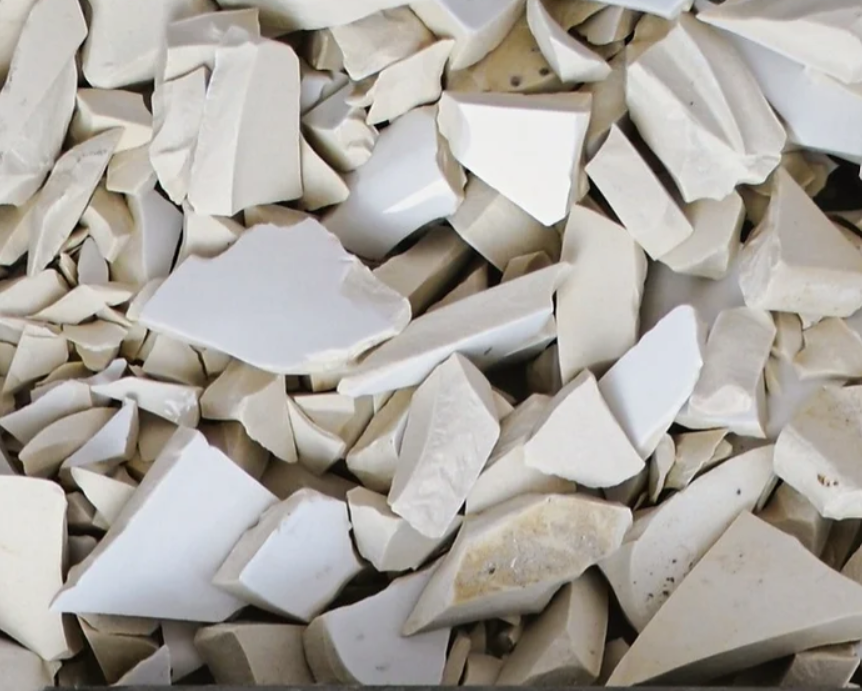Cresco

Problem addressed
The primary aim of Cresco’s products is to reduce the embodied carbon emissions associated with the construction of new buildings and the retrofit of existing buildings. As laid out in the UKGBC Whole Life Carbon Roadmap, if we are to meet net zero goals embodied carbon associated with the construction industry must fall by 40% by 2030. Improving the design efficiency of building structures can only get us so far, low carbon materials are needed if we are to reach this goal. Current low carbon alternatives on the market are often disparate, unregulated, or fail to integrate within current manufacturing processes. Cresco is aiming to overcome this and deliver low carbon products to market that can be utilised at scale.
Overview of start-up
Cresco is creating low carbon construction materials using waste and biomanufacturing. Currently Cresco is focused on delivering low carbon panelling materials. It’s material is naturally water and fire resistant, hard wearing, and utilises high percentages of waste material (60-90%). The entire manufacturing process happens at room temperature. Being able to manufacture without the need of high energy heating processes is where the majority of the carbon savings occur compared to traditional mineral/ceramic materials. Cresco does this using a unique biomanufacturing process, based on bacterial biocalcification. The process is a way of forming strong calcium carbonate crystals, which are used to bind together waste aggregate materials sourced from ceramic manufacturing, quarrying and construction wastes, which forms a kind of synthetic limestone type material. By including biogenic fibres like hemp, Cresco can reduce its carbon footprint further, and adjust its material properties for a wider range of applications.
What makes the start-up innovative?
Cresco’s innovative method of biomanufacturing allows it to create low carbon products. Cresco’s process relies on MICP, microbially induced calcite precipitation. This process, also called biocalcification, exists widely in nature, and is the mechanism behind how coral reefs are formed, oyster beds are built, and shells are created. The process induces the formation of calcium carbonate crystals at room temperature. By mixing the bacteria that do this with waste aggregate and agricultural materials Cresco can bind them together by the formed calcium carbonate crystals, all at a low temperature. The resulting materials range from fibre bonded panels to an almost limestone like material. This innovative process allows Cresco to create mineral/ceramic like materials without the high temperatures associated with more traditional processes, and utilise large proportions of waste and biogenic materials.
How the start-up has been designed to scale-up quickly
MICP has existed in the lab for some time. Cresco is developing a process based on this that overcomes the issues seen with previous efforts to scale this biomanufacturing technique. This means Cresco’s process will involve keeping products in mould for minutes rather than days, drastically increasing it’s ability to scale. By thinking seriously about scale before begining manufacturing, Cresco aims to take the smoothest route to market possible. Primary research into ensuring scalability is being undertaken in collaboration with Northumbria university, funded by innovate UK.
